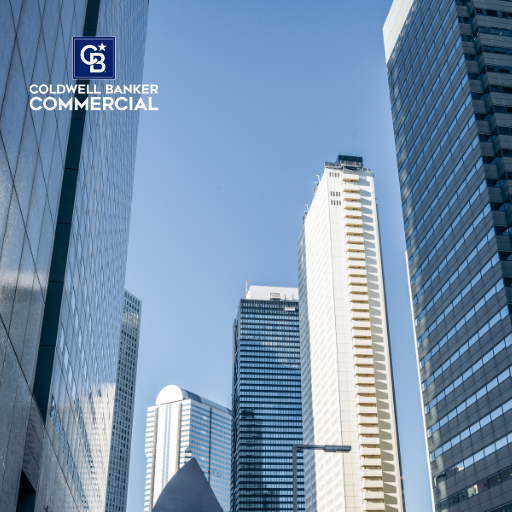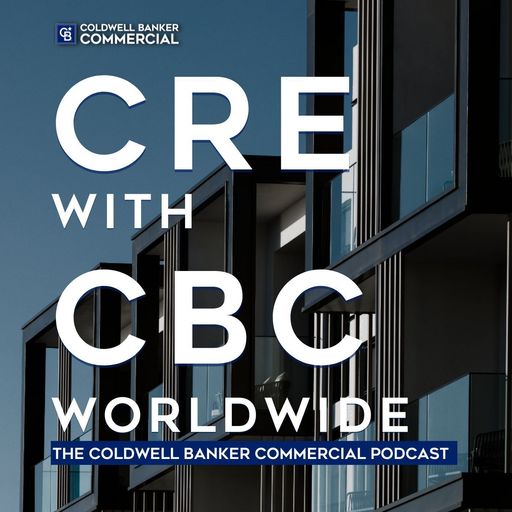The Trend of Adaptive Reuse & What You Should Know: Part 2

As we discussed in part 1 of our Adaptive Reuse Deep Dive, this trend is understandably becoming more and more desirable for cities and developers alike. In part 2, we are outlining the appeal of adaptive reuse for developers, the environmental and economic benefits and the way it better serves the community compared to new construction and gentrification.
There are a number of downtown areas in cities like Chicago, Cleveland, and Philadelphia that have excess office space and not enough housing to meet growing residential demand. Thus, it’s a solid opportunity for developers to give new life and purpose to an old building—especially in central business districts with nearby restaurants, retail and strong employment. Additionally, developers who utilize adaptive reuse play a significant role in a city’s urban revitalization after experiencing neglect, high crime rates and a lack of infrastructural upkeep.
There are several other benefits of adaptive reuse that attract developers to this type of project including sustainability, time efficiency, saving on costs and reducing displacement within communities.
Environmental & Economic Sustainability
Architect Carl Elefante once said, “The most sustainable building is the one that is already built.” Adaptive reuse is inherently sustainable, especially compared to developing a brand-new building, because it requires significantly less building materials needed to redevelop a space. It reduces the energy consumption associated with demolishing a structure as well. Adaptive reuse naturally implements ESG practices, which looks good to investors who are generally becoming more focused on ESG alignment.
Another important aspect of adaptive reuse is economic sustainability. Demolition costs often run anywhere between 5% and 10% of the total costs of construction, while adaptive reuse of existing properties can be up to 16% less costly than other forms of construction, according to an article by Building Design + Construction. Additionally, undeveloped land that can be used for real estate development comes with costly hurdles, including legal issues, construction costs, financing, environmental impacts and more.
Reducing Displacement & Sense of Community
Adaptive reuse allows cities and developers to maintain the authenticity, architecture and personality of an old building, while creating a modern, more useful space. Adaptive reuse can help avoid gentrification, which tends to change the overall character of an area. A perfect example of this is the Otto Milk Building Condominium in Pittsburg. Built in 1865, the space was once used as a processing and storage facility. However, in recent years it was redeveloped into a $14.7 million, 58-unit market-rate condominium complex, according to a Modern Cities article.
New construction can be associated with gentrification and displacement. Gentrification can increase property values, which leads to the displacement of current inhabitants, as new affluent residents move into the area. As explained by Modern Cities, adaptive reuse of vacant structures and landmarks creates an opportunity for new affordable housing, start-up businesses and home ownership. In addition, adaptive reuse can help reverse the economic decline of inner cities communities while reducing displacement that occurs from gentrification.
A Trusted Guide in Commercial Real Estate
Coldwell Banker Commercial® provides Commercial Real Estate Services from Property Sales and Leases, to Property Management. Learn how our expansive network of Independently Owned and Operated Affiliates and Real Estate Professionals use their in-depth knowledge of the local market and industry trends to help businesses and investors navigate the complexities of the commercial real estate landscape.






